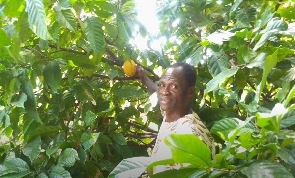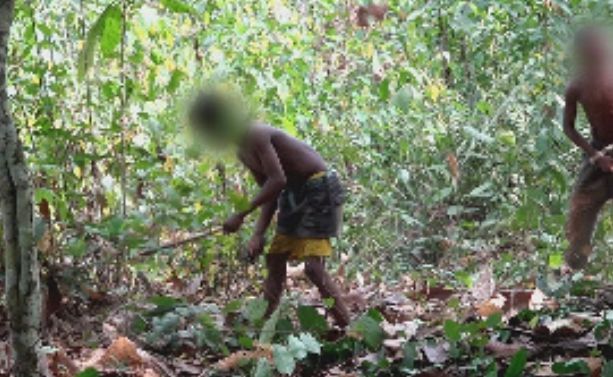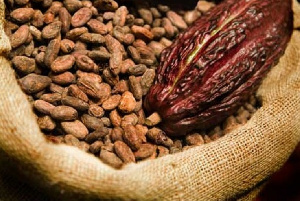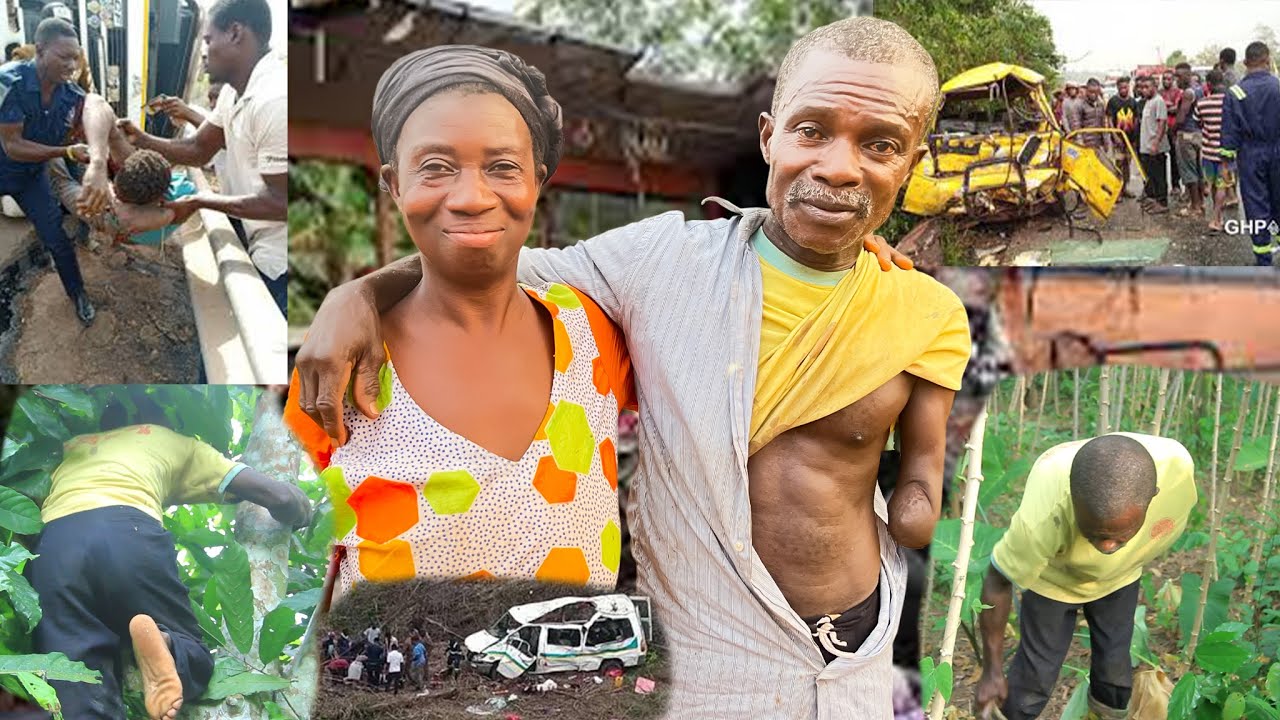Man defies odds to grow cocoa at Nabdam

Mr Fuseini Bogrebon, an Agro Ecologist from Gundoug, a suburb of the Zanlerigu community in the Nabdam District of the Upper East Region has defied all odds to grow cocoa in the area despite unfavorable dry weather conditions.
Cocoa, mainly grown in the Southern part of the country, requires high rainfall and low temperatures with rainforest trees to offer shade and protection from too much sunlight and damages caused by wind.
The Upper East Region has only one rainy season in a year, of about four months, with too much sunlight coupled with dry harmattan and high temperatures of about 42 degrees Celsius, hence considered unfavorable for the growth of cocoa.
Mr Bogrebon, whose cocoa is less than an acre of land on his agro farm, explained that, it was possible to grow cocoa in the region given the needed support.
“Growing cocoa in the Region is possible provided there is support, for instance, l started my agro farm in 1994 and added the cocoa in the early 2000s amidst challenges, because it is perceived here that after the rainy season the job of the farmer is done and so people release their animals and you as an individual cannot do anything but endure and so I had to first fence my farm and plant various trees that changed the environment and improved the soil moisture to make it conducive for cocoa”, he said.
He said that attracted a lot of people including NGOs, one of whom paid for a mechanized borehole for him and that boosted his confidence.
“Though my focus is not only on cocoa, it has become obvious that it is possible to grow cocoa in the region when we channel our efforts and resources into it” he added.
He said the crop was sensitive to drought conditions and low rainfall could negatively affect its growth.
Apart from cocoa, Mr Bogrebon has also grown pawpaw that bears fruit in three- four feet tall and this he explained was out of experience.
“Lecturers who come here often argue with me that it is a different breed and not the local pawpaw we know, and l laugh because it actually beats my imagination to see a pawpaw tree as such, but this is purely out of experiment,” he said about his short pawpaw trees that had large fruits.
“Over time, I realised that the pawpaw tree is sensitive to the season and bears fruit at a specific point in time from the time of planting and so what l do is that, I nurse the pawpaw seeds and transplant them in late September or early October where there is no much rain to give them the usual growth, and so l water them only just to keep them alive and by the time they will be due to bear fruit, they won’t be tall but will start bearing fruits” he explained.
Exif_JPEG_420
He said the advantage of that was that it made harvesting easy especially with the large fruits.
CLICK HERE TO DOWNLOAD PRESS RADIO MOBILE APP
He appealed for support from non-governmental organizations to extend the laying of pipes around his farm to enable him to expand production of other food crops.
Source: GNA







